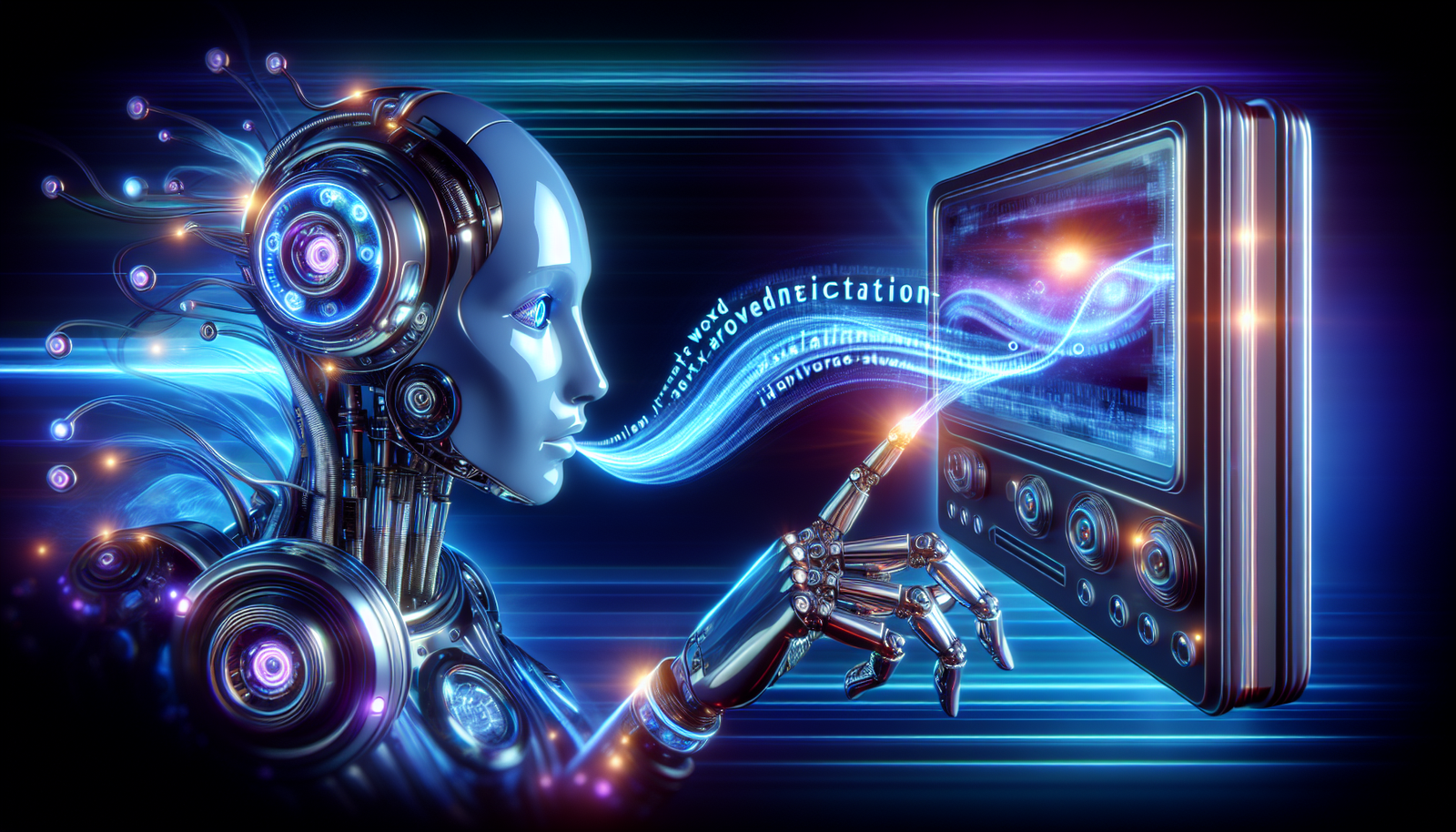Fusion of Prediction and Diffusion
Current research on the fusion of next word prediction and video diffusion is rapidly evolving in the field of computer vision and robotics. This innovative method allows for the training of neural networks capable of processing video sequences while predicting the accompanying textual content. By integrating visual and linguistic data, researchers hope to significantly improve the interaction between humans and machines.
Applications in Robotics
Assistive robotics utilizes this fusion to enhance the contextual understanding of robots. The integration of audiovisual information allows these robots to respond more judiciously to unforeseen situations. Indeed, understanding human movements and gestures becomes more precise thanks to the models’ ability to interpret video and speech simultaneously.
Image Recognition Technologies
Advancements in computer vision facilitate the use of image recognition technologies for video analysis. Modern systems employ sophisticated algorithms to predict anticipated video events. Such an approach, which relies on training models from multimodal data, enables computers to guess possible actions of an individual based on their previous behavior.
Practical Cases and Performance
Projects like Google PaLM-E perfectly illustrate the union between language and vision. This multimodal artificial intelligence is designed to generate robotic actions based on textual and visual inputs. The ability to respond to real-time queries and initiate actions beyond mere textual responses marks a turning point in how machines interact with their environment.
Recent Developments
Optimized prediction models have been launched to improve real-time localization of a robot via monocular vision. These innovations come with an increased ability to react swiftly and effectively to external stimuli. The fusion of information channels helps to overcome certain pre-existing challenges in the field of robotics.
Challenges to Overcome
Despite significant advancements, data management remains a major challenge. Systems must be able to efficiently process large amounts of audiovisual information. This raises questions regarding memory management, processing speed, and data interpretation. Researchers are exploring various approaches to optimize these processes.
Futuristic Perspectives
The future prospects of this technology are promising, with ongoing research on multimodal fusion models. The possibilities offered by systems capable of understanding complex human interactions will enable a qualitative leap in the field of robotic assistance.
Conclusion on Emerging Trends
Developments in artificial intelligence networks continue to reshape the interactions between humans and machines. The growing importance of data fusion technologies paves the way for new applications in robotics and computer vision. In this way, the future of these technologies promises to be both dynamic and innovative.
Frequently Asked Questions about the Fusion of Next Word Prediction and Video Diffusion
What is the fusion of next word prediction with video diffusion?
This is an approach that combines natural language processing techniques and image processing to enhance understanding and interaction in multimodal systems, such as in robotics, where actions need to be predictive and contextual.
How can next word prediction enhance a robot’s capabilities?
By integrating next word prediction, a robot can more effectively anticipate human intentions, allowing for more natural and intuitive interactions, thus facilitating communication between the user and the robot.
What are the practical applications of fusing these technologies in robotics?
Applications include personal assistance, service robots, and even surveillance systems, where understanding language and video analysis capability are crucial for adaptive responses.
What types of data are used in multimodal fusion?
Systems use both visual data from cameras and auditory data from microphones, allowing for an enriched understanding of the context in which the robot operates.
What technical challenges exist in implementing this technological fusion?
Key challenges include managing the complexity of data integration, latency in processing, and the need for machine learning models capable of effectively processing information from varied sources.
How do advancements in AI and machine learning influence this fusion?
Advancements in AI allow for the development of more sophisticated models capable of analyzing vast volumes of data, thus providing better performance in recognition and prediction in dynamic environments.
What role does computer vision play in this fusion?
Computer vision is essential as it enables robots to “see” and interpret their environment, which is necessary to contextualize verbal information and respond appropriately.
What are the advantages of using multimodal models as opposed to unimodal models?
Multimodal models allow for a more holistic understanding of the context of an interaction, making systems more flexible and capable of adapting to complex situations where varied signals are present.
Can multimodal data fusion systems operate in real time?
Yes, with advancements in parallel processing and algorithm optimization, many systems can now analyze and respond to inputs in real time, thereby enhancing the user experience.






